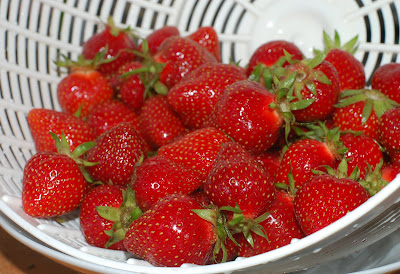An Ailing Zucchini Plant - Already?

I've planted several types of cucurbitaceae in the back part of the plot this year. (And boy, do I feel like Hermione for just having uttered the word cucurbitaceae.) This includes cucumbers, crookneck squash, one of my butternut squash plants that is still hanging on after the initial shock of being set outside, and one zucchini plant. Out of all of these, the zucchini plant has been doing the best. It's been growing fast and already has quite a few buds at its center. My mouth begins to water at the thought having the chance to try fried squash blossoms.
But I get ahead of myself sometimes. My excitement for a plateful of crispy fried squash blossoms was indefinitely squelched when I went out to the plot on Saturday and found that the leaves of my zucchini plant had started turning yellow.
 Initially I thought this might be caused by a nutrient deficiency, but then I remembered reading about the squash vine borer -- the larva of a moth that can bore into the stem of zucchini and cause the entire plant to wilt and die. So much for squash blossoms.
Initially I thought this might be caused by a nutrient deficiency, but then I remembered reading about the squash vine borer -- the larva of a moth that can bore into the stem of zucchini and cause the entire plant to wilt and die. So much for squash blossoms.So I inspected the stem and found that it indeed was damaged. It was split open and looked as if it had nearly dried up. I am not sure how the plant is even surviving at this point.

But I saw no sign of any insect larvae, and the plant is not wilting, so I don't think this is a case of squash vine borer. My theory is that the plant simply became too top-heavy with leaves and caused the stem to snap open. Could this be the case? And more importantly, can the plant survive on such a thin lifeline to the soil? I wish I had a Hermione here to tell me the answer.
I decided to leave the plant in for now and see how it goes. I have a sinking feeling that I just need to start all over, though, and so I planted two more seeds. There is still enough time in the season to grow those desired squash blossoms, not to mention the zucchini itself. At least I hope so.

















































